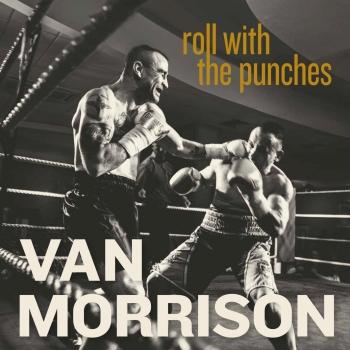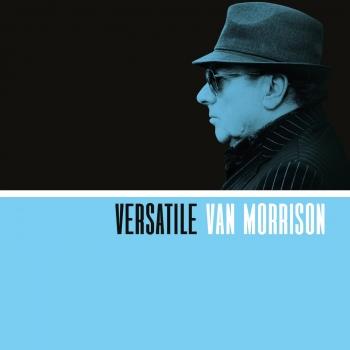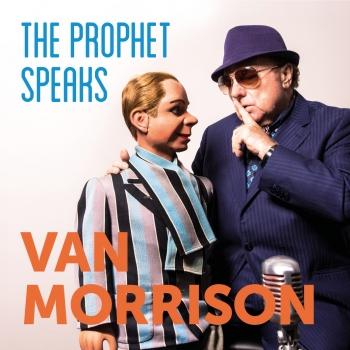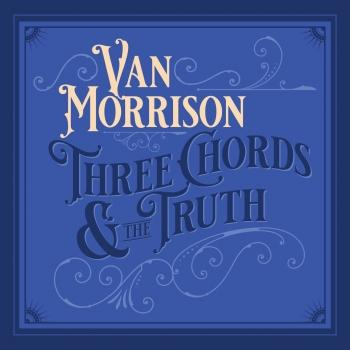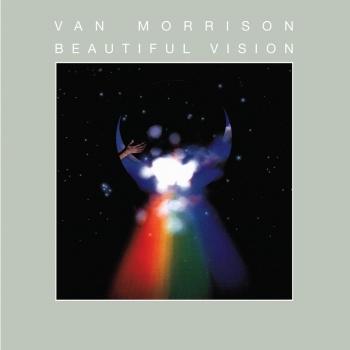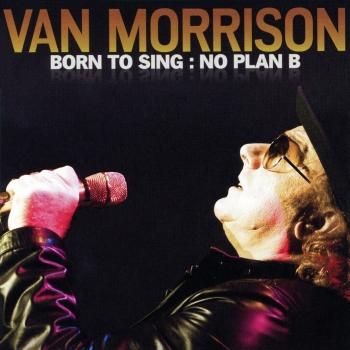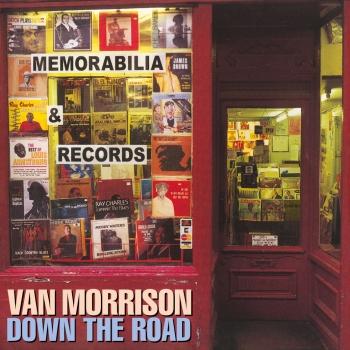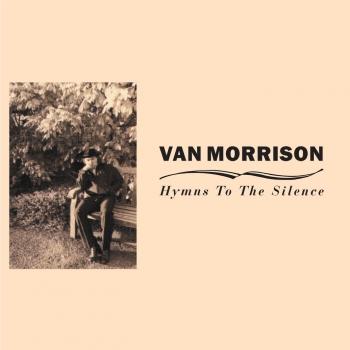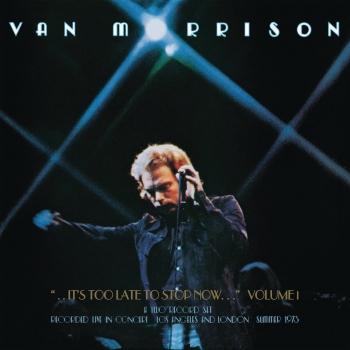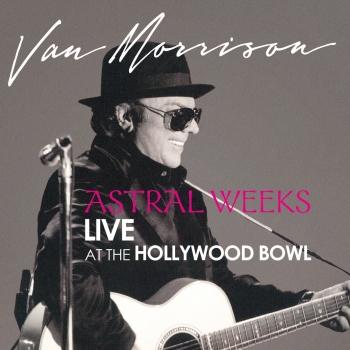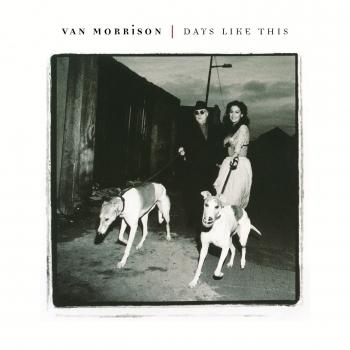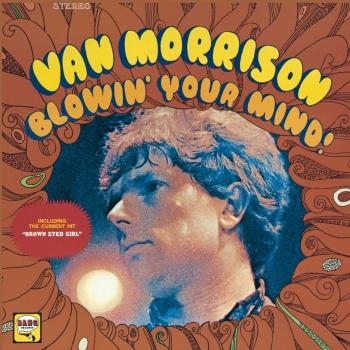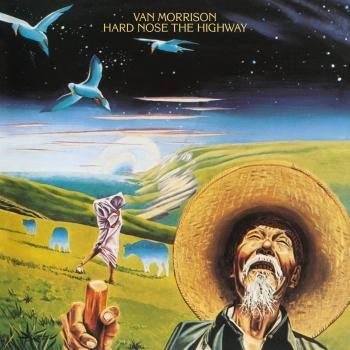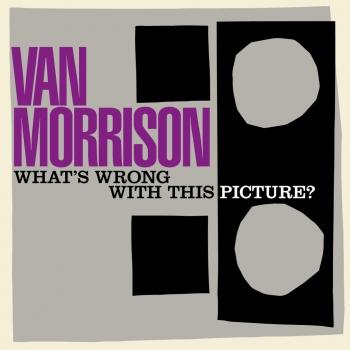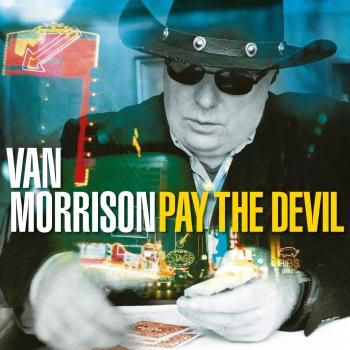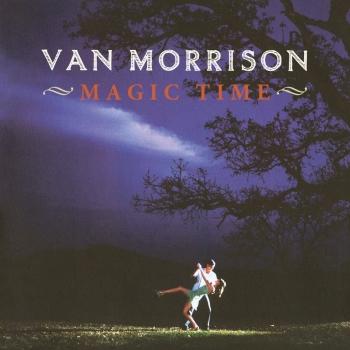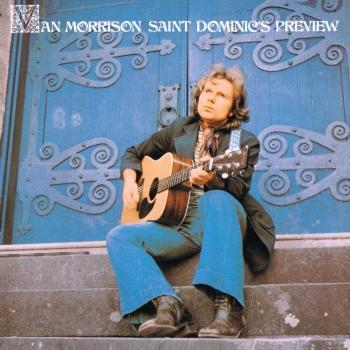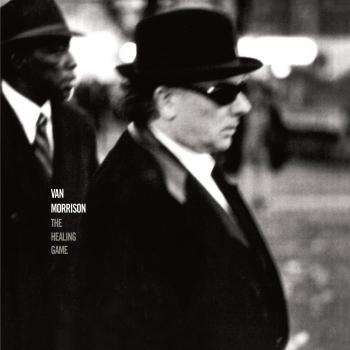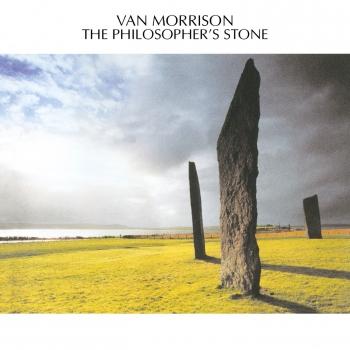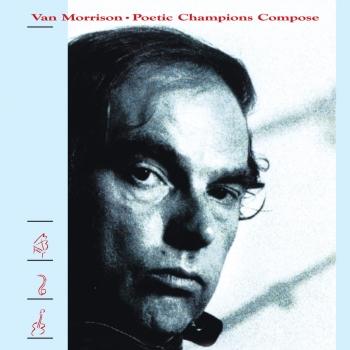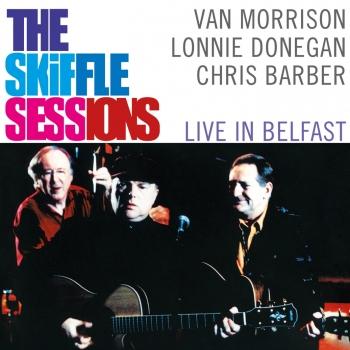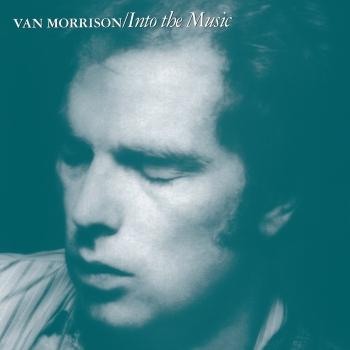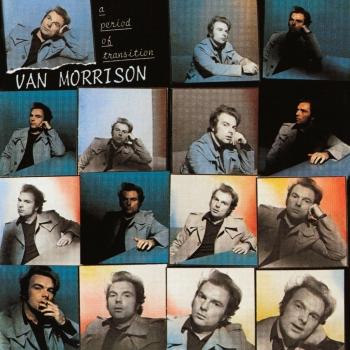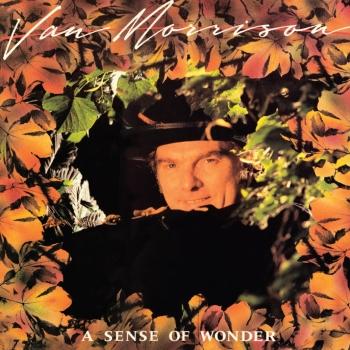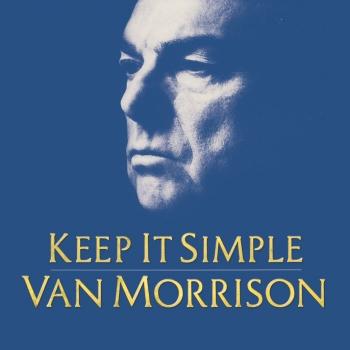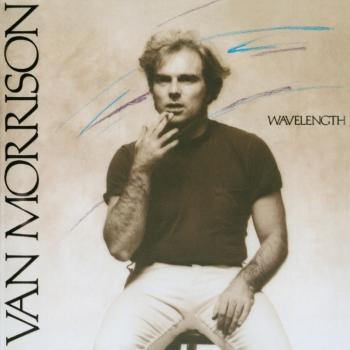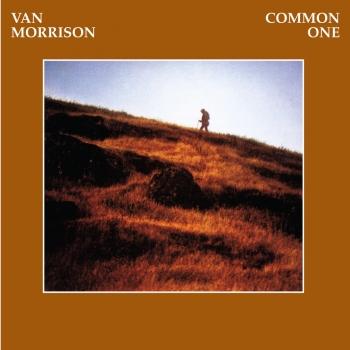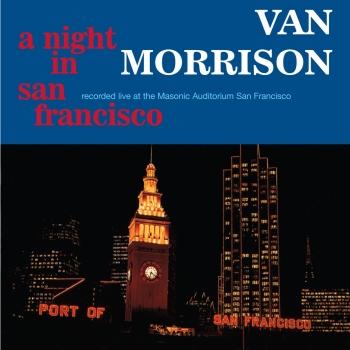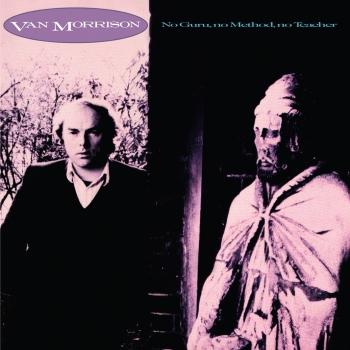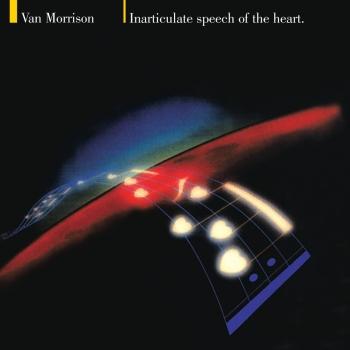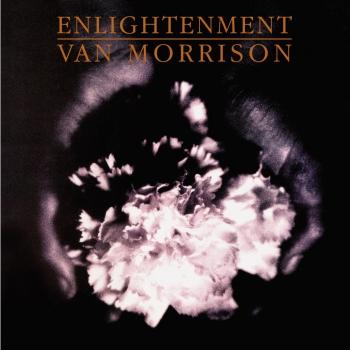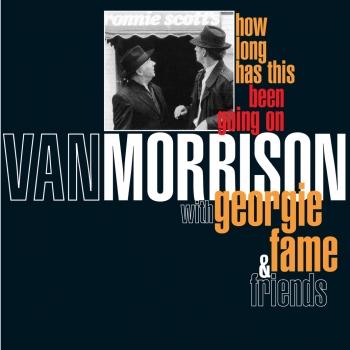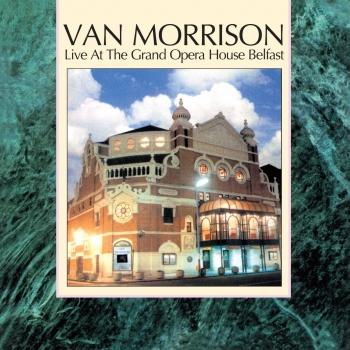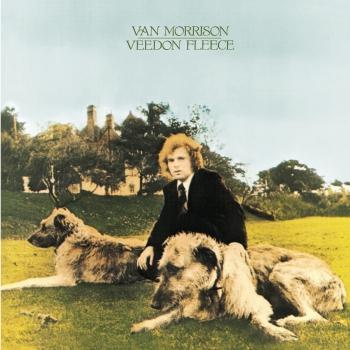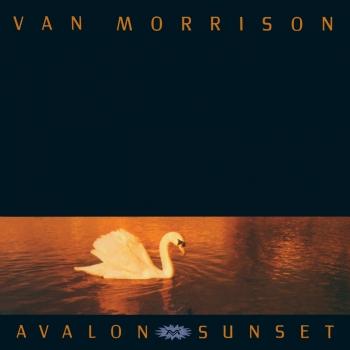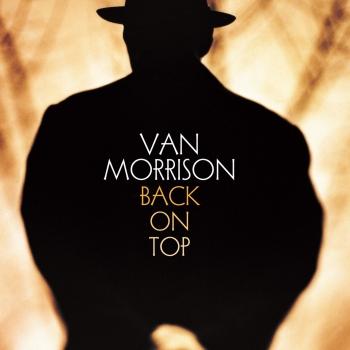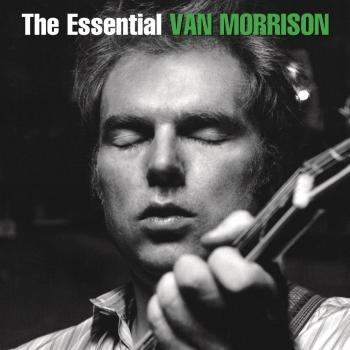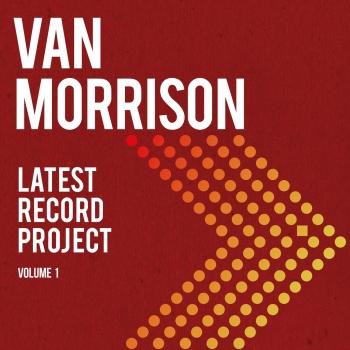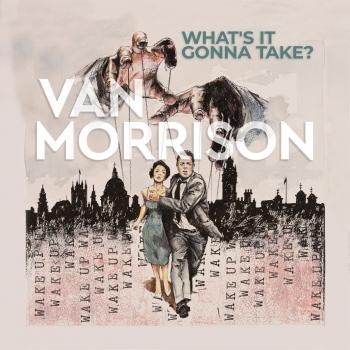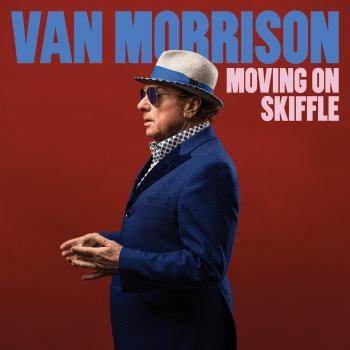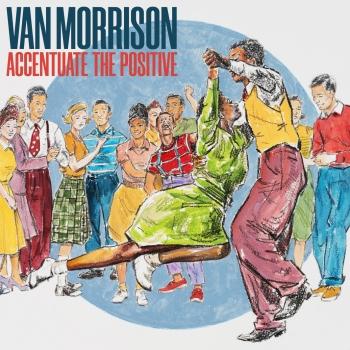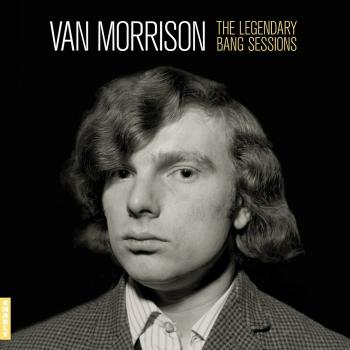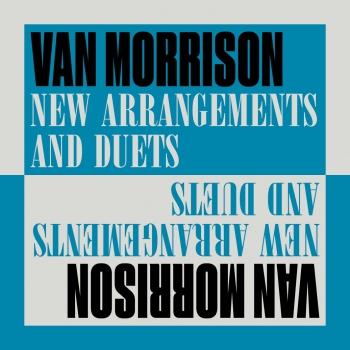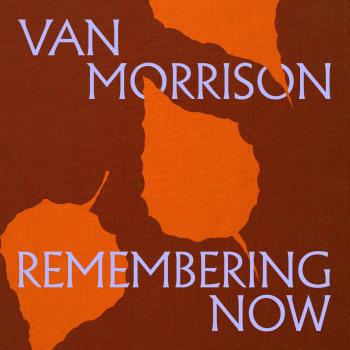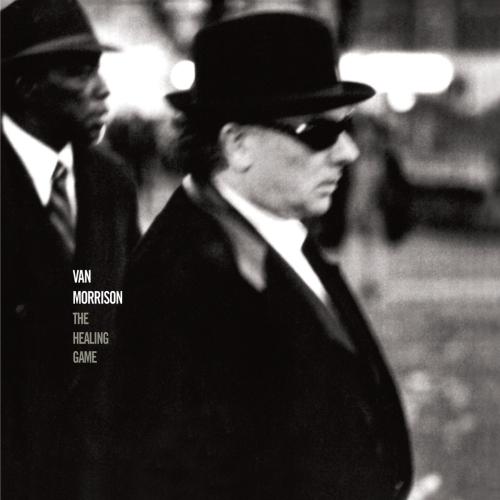
The Healing Game (Remastered) Van Morrison
Album info
Album-Release:
1997
HRA-Release:
19.02.2020
Album including Album cover
I`m sorry!
Dear HIGHRESAUDIO Visitor,
due to territorial constraints and also different releases dates in each country you currently can`t purchase this album. We are updating our release dates twice a week. So, please feel free to check from time-to-time, if the album is available for your country.
We suggest, that you bookmark the album and use our Short List function.
Thank you for your understanding and patience.
Yours sincerely, HIGHRESAUDIO
- 1 Rough God Goes Riding 06:18
- 2 Fire In the Belly 06:34
- 3 This Weight 04:37
- 4 Waiting Game 05:56
- 5 Piper at the Gates of Dawn 03:53
- 6 Burning Ground 05:38
- 7 It Once Was My Life 05:11
- 8 Sometimes We Cry 05:14
- 9 If You Love Me 05:01
- 10 The Healing Game 05:16
- 11 At the End of the Day 04:30
Info for The Healing Game (Remastered)
Gut fünfundzwanzig Soloalben und doppelt so viele Lenze hatte Van Morrison auf dem Buckel, als »The Healing Game« im Jahr 1997 erschien. Kurz zuvor hatten Elizabeth II ihn zum Order of the British Empire ernannt und die Rock’n'Roll Hall Of Fame ihn aufgenommen. Drei allseits geschätzte Jahrhundertalben hatte er Ende der Sechziger aufgenommen, »Astral Weeks« taucht seitdem in jeder Bestenliste auf. Welchen ehrgeizigen Zielen sollte der bekannteste nordirische Musiker also noch folgen? Das verwackelte Foto auf der Hülle verleiht »The Healing Game« etwas Geheimnisvolles. Van Morrison und sein Saxofonist Pee Wee Ellis im Profil — oder ist das Flügelhornist Haji Ahkba? -, beide elegant dunkel gekleidet. Das Bild hat etwas Dokumentarisches, die Männer tragen schwarze Hüte, Morrison eine Sonnenbrille. »Einen Mafia-Boss und seine rechte Hand auf dem Weg, eine Rechnung zu begleichen«, sah Greil Marcus in dem Foto, als »The Healing Game« erschien. Morrisons Gesicht ist kalt, fast wie Stein.
Man legt die CD ein und wird umfangen von einer ungeheuren Wärme, die aus den Lautsprechern strömt. Man staunt, wie beseelt Van Morrison zu Werke geht. »The Healing Game« atmet den Geist Wilson Picketts. Die Melodien sind samtweich, Van Morrisons unvergleichliche Stimme trägt sie, mal kraftvoll, mal verführend. Dicht und wandelbar wie ein Instrument ergötzt sie sich hier in James Brown’schem Raunen, dort in kindlicher Atemlosigkeit. Bei manchen Liedern sind ein Dutzend perfekt gespielter Instrumente zu hören — so feinsinnig sind sie arrangiert, dass keines im gemeinsamen Klang untergeht. Immer wieder ist Platz für Pee Wee Ellis' betörendes Bariton-Saxofon, für Robin Asplands sanftes Streicheln der Tasten, selbst für Katie Kissoons soulige Hintergrundstimme.
Die Lieder sind Geschichten. Der Erzähler scheint einer nie endenden Straße zu folgen, immer geradeaus, vollkommen gelassen. Erzählt, was sich rechts und links des Weges ereignet. Er spendet die Worte, im Kopf entstehen Bilder. Wovon er erzählt, geht einem nah. In »The Burning Ground« ist es der ausbeuterische Jute-Handel des Vereinigten Königreichs mit Indien. Wie Flammen schlagen die rauen Töne der Saxofone aus dem Refrain. In »Rough God Goes Riding« erscheint Gott keinen Deut besser, als der vermeintliche Mafiaboss auf der Plattenhülle. Menschen schlagen sich die Köpfe ein, die Welt duldet keine Helden. Die scheinbar teilnahmslose Geschmeidigkeit, mit der Van Morrison und Katie Kissoon in den Refrain gleiten, macht das Erzählte nur eindringlicher. »The Healing Game« und »The Waiting Game« beziehen sich auf das IRA-Drama »The Crying Game« und setzen sich mit dem nordirischen Widerstand und dem Trauern auseinander.
Es passiert das Unerwartete: »The Healing Game« zeigt Van Morrison in erstaunlicher Form, hungrig nach dem Saft, der ihm Leben spendet. Er brilliert als einzigartiger Erzähler und genialer Dirigent eines Orchesters virtuoser Musiker. So gerecht die Aufmerksamkeit für seine frühe Werke »Astral Weeks«, »Moondance« und »Tupelo Honey« ist, so ungerecht wäre es, dieses warmherzige, berührende Album zu vergessen. Greil Marcus befand damals, »The Healing Game« sei die beste Aufnahme Morrisons seit zwanzig Jahren. Recht hatte er.
"Nach dem 2008er Reissue mit nur einem einzigen Bonustrack bringt Sony Music jetzt eine drei CDs umfassende Deluxe-Edition mit insgesamt 34 zusätzlichen Songs heraus, darunter 24 bisher unveröffentlichte Aufnahmen. (...) Die dritte Scheibe enthält den bislang unveröffentlichten Konzertmitschnitt ›Live At Montreux, 17 July 1997‹. Zu hören sind Songs aus The Healing Game, persönliche Lieblingsnummern des Sängers sowie Coverversionen von Ray Charles‘ ›Fool For You‹ und Sly Stones ›Thank You (Falettinme Be Mice Elf Agin)‹." (Good Times)
Van Morrison, vocals, acoustic guitar, harmonica
Haji Ahkba, flugelhorn
Robin Aspland, piano
Phil Coulter, piano on "Piper at the Gates of Dawn" and "At the End of the Day"
Alec Dankworth, double bass
Geoff Dunn, drums, percussion
Pee Wee Ellis, soprano and baritone saxophones, background vocals
Georgie Fame, Hammond organ, background vocals
Leo Green, tenor saxophone, background vocals
Matt Holland, trumpet, background vocals
Ronnie Johnson, electric guitar
Brian Kennedy, background vocals
Katie Kissoon, background vocals
Paddy Moloney, uilleann pipes, whistle on "Piper at the Gates of Dawn"
Peter O'Hanlon, dobro on "Piper at the Gates of Dawn" and "At the End of the Day"
Ralph Salmins, percussion
Nicky Scott, bass
Digitally remastered
Van Morrison
One of music’s true originals Van Morrison’s unique and inspirational musical legacy is rooted in postwar Belfast.
Born in 1945 Van heard his Shipyard worker father’s collection of blues, country and gospel early in life.
Feeding off musical greats such as Hank Williams, Jimmie Rodgers, Muddy Waters, Mahalia Jackson and Leadbelly he was a travelling musician at 13 and singing, playing guitar and sax, in several bands, before forming Them in 1964.
Making their name at Belfast’s Maritime Club Them soon established Van as a major force in the British R&B scene. Morrison’s matchless vocal and songwriting talents produced instant classics such as the much covered ‘Gloria’ and ‘Here Comes The Night’.
Those talents found full astonishing range in Van’s solo career.
After working with Them’s New York producer Bert Berns on beautiful Top 40 pop hit ‘Brown Eyed Girl’ (1967), Morrison moved to another realm.
Recorded over 3 days with legendary jazz musicians Astral Weeks (1968) is a still singular album combining street poetry, jazz improvisation, Celtic invocation and Afro Celtic Blues wailing.
Morrison would weave these and myriad other influences into the albums that followed in quick succession.
Reflecting on new life in America on the joyous Sinatra soul of Moondance (1970) and the country inflected Tupelo Honey (1971) he summoned old spiritual and ancestral life in the epic St Dominic’s Preview (1972) closer track Listen To The Lion.
Double live album Too Late To Stop Now (1973) highlighted Morrison’s superlative performing and bandleader skills. Mapping out a richly varied musical course throughout the 70s he shone among an all-star cast including Bob Dylan and Muddy Waters on The Band’s Last Waltz.
Indeed, borne of his Irish Showband instincts, the magic of the live performance has been a consistent feature of Morrison’s career.
Settling back into life in the UK in 1980 he released Common One an album centring on Summertime In England an extraordinary invocation of literary, sensual and spiritual pleasure the song would often become a thrilling improvised centrepiece to his live shows.
Steering his own course throughout the 80s on albums such as No Guru, No Method, No Teacher he claimed Celtic roots with The Chieftains on Irish Heartbeat. Teaming with Georgie Fame brought new impetus to his live show while Avalon Sunset saw him back in the album and single charts by the decades end.
Van Morrison continued to advance on his status as a game- changing artist through the 90s and into the 21st century.
Awards and accolades - a Brit, an OBE, an Ivor Novello, 6 Grammys, honourary doctorates from Queen’s University Belfast and the University of Ulster, entry into The Rock n Roll Hall of Fame and the French Ordres Des Artes Et Des Lettres - attested to the international reach of Van’s musical art.
Yet there was never any suggestion that Morrison, one of the most prolific recording artists and hardest working live performers of his era, would ever rest on his laurels.
Collaborations with, among others, John Lee Hooker, Ray Charles, Lonnie Donegan, Mose Allison and Tom Jones confirmed the breadth of his musical reach.
Morrison’s visionary songwriting and mastery of many genres continued to shine on albums celebrating and re-exploring his blues, jazz, skiffle and country roots.
The influence of the musical journey that began back in Post War Belfast stretches across the generations, and Morrison’s questing hunger insures that the journey itself continues.
Constantly reshaping his musical history in live performance, Morrison reclaimed Astral Weeks on 2009’s album Live At The Hollywood Bowl.
The subtitle of Van Morrison's latest album, Born to Sing: No Plan B, indicates the power that music still holds for this living legend. "No Plan B means this is not a rehearsal," says Morrison. "That’s the main thing—it’s not a hobby, it’s real, happening now, in real time."
With one of the most revered catalogues in music history and his unparalleled talents as composer, singer and performer Morrison’s past achievements loom large. But, as throughout his extraordinary career, how that past informs his future achievements and still stirs excitement and keen anticipation.
This album contains no booklet.







